Christian jewelry has always held a deep symbolic meaning for believers across the world. Whether it is rings...

Everything about the colors of diamonds
In this article we will try to explain to you As simple and detailed as possible Everything around the colors of diamonds-VisionGold®
Diamond color & rating
Natural diamonds, as well as laboratory diamonds, are available in many colors and shades. The traditional "pure" stones in most engagement and wedding rings are known as white diamonds. While fancy diamonds are vibrant shades such as pink, green and yellow. The GIA (Gemological Institute of America) has standardized diamond color gradation on a D-to-Z scale. Similar to IGI (International Gemological Institute), which also uses a D-to-Z scale but for laboratory-developed diamonds. All diamonds in this letter scale are considered "white", although they may have a yellow tinge on the lower end.
Here is an irony !!!: The color of a diamond, in terms of classification, is determined by the lack of color in a diamond. The less color a diamond has, the higher the degree of color. The color of the diamond distracts the eye from seeing the shine, so colorless diamonds will appear to shine brighter than yellow or brown diamonds.
Keep in mind that the color is natural
Color is a natural element in diamonds. As gemstones grow underground for millions of years, the trace elements can cause a yellowish or brown tinge. (We know what you mean, diamonds are not made of carbon. They are actually made of carbon.) It is more common for diamonds to have some of these colors - which vary in hue, tone and saturation - than to be completely colorless.

The color of the diamond is graded by evaluating the color of the diamond on a clear white background, facing down. Gemologists will compare the diamond to the main stones, or a set of cubic zirconium with GIA certification, in color. If the diamond has more yellow than one but less than the other, it will receive a rating in this range. (For example: More yellow than F, but smaller than G, would be a G-colored diamond. You may also hear what is referred to as "G + colored diamonds" to indicate that they are at the top of this particular color range, or whiter than other stones of the same color quality.)

In the letter diamond color scale, D (colorless) is the highest and the best grade and Z is the lowest. The diamond was graded as a gemstone in a series that included AAA, AA, A and B, so the new scale was started at D to avoid confusion. This color chart shows how the color of a diamond changes visually across the scale. Which diamond color is better? It depends on what you are looking for.

In the GIA color rating scale from D - Z that shows diamonds with their color shading.
On the color rating scale, D is the highest color and Z is the lowest. This color chart shows how the color of a diamond changes visually across the scale.
Diamond Color D-F: Colorless - diamonds in this range have no color or very small traces of color, which can only be recognized by trained gemologists. They usually need to be compared to higher or lower grade diamonds to accurately determine the color. Less than 1% of all gemstone quality diamonds fall into this range.
Diamond Color G-J: Near Colorless - these diamonds have small traces of color that can be recognized by trained eyes. G / H colored diamonds are more popular because they balance value and lack of color. Small sparkles can be seen in I / J colors, however these diamonds still shine very brightly and have great value when balancing the other C. The almost colorless range represents the top 15% of all quality diamonds.
Diamond Color K-M: Pale - diamonds in colors K, L and M tend to be light yellow or brown. The color affects the shine of the diamond, making it slightly dull. When examined, color can be recognized in jewelry, although there are ways to minimize this. These diamonds represent the top 40% of all quality diamonds.
Understand every degree of diamond color
Do you think that you know what color diamond you want to buy? Or maybe you are not so sure how to get the best diamond based on your budget. Read more about each specific diamond color below for more on what sets them apart and what you need to know before choosing a diamond of this color quality.
 D Colorless: A D color diamond has the highest color clarity and is a symbol of perfection. It is considered extremely rare and has no recognizable color shades. When looking at a diamond with the naked eye, colors E and F can also look like color D diamond. A color D diamond looks best when placed in white gold and platinum, as the white color of the metal further highlights the colorless quality. However, color D diamonds can also look beautiful in pink and yellow gold, but some color from the gold will come into the stone.
D Colorless: A D color diamond has the highest color clarity and is a symbol of perfection. It is considered extremely rare and has no recognizable color shades. When looking at a diamond with the naked eye, colors E and F can also look like color D diamond. A color D diamond looks best when placed in white gold and platinum, as the white color of the metal further highlights the colorless quality. However, color D diamonds can also look beautiful in pink and yellow gold, but some color from the gold will come into the stone.
 E Colorless: An E color diamond is visually stunning and has very high color clarity. It is incredibly rare and has almost no recognizable color shading. With the naked eye and even under 10X magnification, an E-colored diamond will not display yellow hues.
E Colorless: An E color diamond is visually stunning and has very high color clarity. It is incredibly rare and has almost no recognizable color shading. With the naked eye and even under 10X magnification, an E-colored diamond will not display yellow hues.
 F Colorless: A color F diamond is extremely beautiful and contains a subtle shade of color that is not detectable by the untrained eye. It is also very rare and is considered to have high color purity. When looking for a diamond that will not show yellow shades with the naked eye, and the color F definitely fits the bill and may be more affordable than a D or E colored diamond.
F Colorless: A color F diamond is extremely beautiful and contains a subtle shade of color that is not detectable by the untrained eye. It is also very rare and is considered to have high color purity. When looking for a diamond that will not show yellow shades with the naked eye, and the color F definitely fits the bill and may be more affordable than a D or E colored diamond.
 G Near Colorless: A G colored diamond is excellent and has small color traces that can only be recognized by diamond professionals. It is also the most popular diamond color and offers a wonderful blend of beauty and value. A platinum or white gold base can work to hide traces of yellow in the ring, however a G diamond is versatile and can look great with rose and yellow gold.
G Near Colorless: A G colored diamond is excellent and has small color traces that can only be recognized by diamond professionals. It is also the most popular diamond color and offers a wonderful blend of beauty and value. A platinum or white gold base can work to hide traces of yellow in the ring, however a G diamond is versatile and can look great with rose and yellow gold.
 H Near Colorless: A colored diamond H has a wonderful charm as the slightly recognizable color shade does not affect the brilliance of the diamond. It is one of the most popular colors due to its visual appeal and value. Color H is a good balance between these factors and can be a great choice if you are trying to maximize for other features like carat or purity.
H Near Colorless: A colored diamond H has a wonderful charm as the slightly recognizable color shade does not affect the brilliance of the diamond. It is one of the most popular colors due to its visual appeal and value. Color H is a good balance between these factors and can be a great choice if you are trying to maximize for other features like carat or purity.
 Near colorless: A color diamond I offers excellent shine, even when a shade of color can be identified by a gemologist. The color is not yet recognizable to the untrained eye and provides great value. Depending on the diamond, a diamond I may be a good choice as the yellow color is not very noticeable. However, it is a good idea to ask a gemologist to help you find a stone that is white on top before you make your purchase.
Near colorless: A color diamond I offers excellent shine, even when a shade of color can be identified by a gemologist. The color is not yet recognizable to the untrained eye and provides great value. Depending on the diamond, a diamond I may be a good choice as the yellow color is not very noticeable. However, it is a good idea to ask a gemologist to help you find a stone that is white on top before you make your purchase.
 J Near Colorless: A J color diamond has great shine and value (as long as you get a well-cut stone, of course). It has a color hue that is only detected by trained professionals and allows for a larger size or greater clarity that may be most desirable in your budget. Talk to a gemologist to help you find a stone and discuss the shape of the diamond you are considering
J Near Colorless: A J color diamond has great shine and value (as long as you get a well-cut stone, of course). It has a color hue that is only detected by trained professionals and allows for a larger size or greater clarity that may be most desirable in your budget. Talk to a gemologist to help you find a stone and discuss the shape of the diamond you are considering
 K Faint Yellow: A K colored diamond is considered a white diamond that does not endanger the shine of the stone. Some shade of color may reflect light, but it is still difficult for the untrained eye to recognize the degree of color. Keep in mind, however, that a K-colored diamond may look yellow to the naked eye, especially in larger diamond sizes over 1.50 carats.
K Faint Yellow: A K colored diamond is considered a white diamond that does not endanger the shine of the stone. Some shade of color may reflect light, but it is still difficult for the untrained eye to recognize the degree of color. Keep in mind, however, that a K-colored diamond may look yellow to the naked eye, especially in larger diamond sizes over 1.50 carats.
 L Faint Yellow: An L-colored diamond sparkles and is considered a white diamond that does not distract from the glow of the diamond. Light color can be detectable to the untrained eye, especially when viewed from the side. It looks best in yellow gold settings, which minimize the contrast between the diamond and the backdrop. Contact a gemologist before buying an L-colored diamond to make sure it is the right color for you.
L Faint Yellow: An L-colored diamond sparkles and is considered a white diamond that does not distract from the glow of the diamond. Light color can be detectable to the untrained eye, especially when viewed from the side. It looks best in yellow gold settings, which minimize the contrast between the diamond and the backdrop. Contact a gemologist before buying an L-colored diamond to make sure it is the right color for you.
Diamond prices: How to choose
While the color changes of diamonds are very subtle, the changes in prices are not. The price difference between each color (all others are the same) ranges from about 8% to more than 25% in the higher colors. For perfectionists, D to F diamonds are a great choice. For a decision based more on value, consider a color I to K. It is extremely important to remember that diamonds of all colors look bright and shiny. Consider all the other elements like the full budget for the ring and the metal you prefer.
Buying a lower color diamond has only small visible differences, but the savings can be very noticeable. The most noticeable cost difference is often from color grades G to F. The most popular color grade is a G, for this reason, with H far behind.

Include the color gold in your decision
The color of gold can play a role in the diamond color you have to choose. A lower colored diamond can really look beautiful (and whiter) in a yellow gold. This is because a yellow gold base reduces the contrast between your diamond and the base. A slight yellow tinge will appear more yellow compared to a white gold base.
But the color of the metal is not the only factor here. In addition, the amount of metal and the type of base can more or less highlight the diamond. Depending on this, you may want to choose a lower or higher color on the scale.
The shape and size of your diamond also matter
Fancy diamonds (shapes other than round cuts) tend to show more color. The pear, oval and eaves cuts show more color near their points and edges. The princess, emerald, Asscher, radiant cut and cushion cuts reflect more color on the body. If you like the appearance of a G-shaped diamond in a round hole, suppose you would like an F in another diamond shape.

With diamonds of any shape, as the carat weight increases, the color may be more pronounced. With larger sizes, it is important to choose higher colors. You can also find out about other factors that affect the price of diamonds.
We ranked the importance of color grade (1-10: 1 less important, 10 important) as it relates to the shape of the diamond. The shape is a crucial element in determining the color that appears:
How important is color grade?
|
Shape |
Rating |
Note |
|---|---|---|
| Round | 4/10 | Their brilliant facets can mask color. Therefore, with this shape you do not have to get an overly high color grade. You can balance color with other factors like cut to get the best value and look. |
| Princess | 5/10 | The color shows more than rounds due to the depth and size of the body in the diamond |
| Emerald | 6/10 | The open, deeper body of the diamond tends to show more color. The larger facets don't allow sparkle to mask color |
| Asscher | 6/10 | The open, deeper body of the diamond tends to show more color. The larger facets don't allow sparkle to mask color as well. If gettng a smaller asscher diamond, something that is below 1 carat you may not have to get as high of a color. When purchasing one larger than a carat, pay closer attention to color. |
| Oval | 7/10 | Elongated shapes, specifically ones with points show less color in the body, but much more near the edges and points. Again if opting to get an oval that is larger than 1 carat, pay closer attention to the color. Look at also how shallow or deep the diamond is. Deeper diamonds will show a little less color. |
| Marquise | 8/10 | Elongated shapes, like the marquise will show more color along the points. If getting a marquise that is elongated, be sure to look carefully at images and videos of the diamond to understand color. |
| Pear | 8/10 | Elongated shapes like the pear will show more color in the points of the diamond. Be careful as to how narrow or fat the diamond is. With a more narrow point, color will show easily. |
| Heart | 8/10 | With a pointed bottom and an edge that curves inward at the top, a larger diamond can show color. However, color showing may not be a large concern with heart shaped diamonds that are smaller than 1.25 carats. |
| Radiant | 9/10 | Radiant diamonds can show color fairly easily due to the type of faceting. Be sure to consider color when choosing. |
| Cushion | 9/10 | Cushion diamonds can show more color based on the type of faceting. With a brilliant cut cushion, color showing is less of a concern. However, with one that has larger and more open facets, color can show more easily. Take a close look at your diamond to decide and have a gemologist explain to you which kind of faceting it has. |
Finally: diamond type factor
As you may know, the white diamond market also offers lab diamonds. Laboratory diamonds are special because they share the same chemical, physical and optical properties as mined / natural diamonds. The two main differences between lab diamonds versus mining are: price and origin. When you choose to buy a 1 carat lab diamond, it can save up to 30-40% compared to buying a natural 1 carat diamond (with identical cuts, clarity, color and carats)
Artificial (white) diamonds pay as much attention to the quality of the colors as their natural ones. The reason is because the yellow tones in white diamonds can be distracting when we look at the stone for shine. In purity, lab diamonds are graded on the same letter scale used by the GIA. However, we rely on the International Gemological Institute (IGI) to grade our rhinestones. IGI is an independent laboratory based internationally and provides consumers with a genuine appreciation for their diamonds.
Buy IGI Certified Laboratory Diamonds
Does fluorescence affect color?
One final factor affects the color of a diamond: fluorescence. But unlike these diamond myths you may have heard, diamond fluorescent is your friend. Fluorescence is the reaction of a diamond to ultraviolet light (otherwise known as black light). Fluorescence is caused by natural trace elements, such as boron, that become part of diamonds as they grow. In very rare cases, it affects the visual properties of diamonds.
It is recommended in higher colors (D-G colors), the fluorescence is faint or not at all. Fluorescence can whiten a diamond for those at the lower (yellow) end of the color spectrum. When the diamond is already colorless, although very unlikely, it can give it a white, grayish tinge. This usually happens in less than 1% of all fluorescent diamonds. The most common impact is color enhancement in lower colors.
In colors such as I-L, we recommend studying medium or intense fluorescence. It can improve the visibility of a yellowish tint, visually making the color look darker. A fluorescent diamond is also generally cheaper than one without. Especially choose fluorescent diamonds in J, K or L colors, as they also provide excellent market value.
Diamond color buying tips
Understand: Although we at VisionGold® are always here to answer questions and guide you through the process, sometimes you do not have time to pick up the phone or write an email. So, when you just need a list to refer to specific information about choosing a color based diamond, you can use what we pulled together below:
For the best balance of value and appearance, G to J is an excellent range. This rule applies to most carat weights. However, if you are looking for a diamond over 1 carat, consider staying with G or H. (Remember, this is because the color may appear more easily as the size of the carat diamond increases.) As good as a diamond of a higher color . Include the shape when deciding on a range of colors. fancy shapes will show more hue.
If you want a bigger diamond, do not compromise on color. Along with the cut, color is the most important factor when choosing a diamond. These two factors profoundly affect the appearance and beauty of the diamond.
The color becomes much more difficult to detect when a stone is placed in a ring. A H-colored diamond may look colorless to D when placed in a ring under normal lighting conditions, especially if the two are not compared to each other. (And, really, when will you ever compare your ring to someone else side by side?)
The color of the base will affect the color of the diamond. Yellow gold makes light amounts of yellow on a diamond less visible, while white metallic bases make the color more visible. Rose gold may have a similar effect, but to a lesser extent. Platinum and platinum will make the yellow shades more visible.

A ring base that covers most of the diamond, such as a rim or channel setting, will hide the color.
Do not worry if the color quality is not perfect. Most untrained observers (and many gemologists) cannot distinguish one color from the next unless the diamonds are compared side by side in a controlled environment.
If the effect of the color is unclear, call a diamond and jewelry consultant who can see the diamond to ensure that its hue does not adversely affect the shine. Contact us by phone at (+30) 2103218290 or send an email to visiongold@outlook.com. Our live chat is available during business hours Monday - Friday, 10 a.m. - 5:30 p.m.
D-F Diamond Buying Tips
With D, E and F diamonds, you can be sure that the diamonds have no trace of color and look crystal clear. With this range of colors, any metal base will look great and bring out the brilliance of the diamond. Since D and E colored diamonds are quite rare and valuable, you will see big price increases when you go up color scores within this range. If you are not particularly keen on color, you can safely get an F-colored diamond. To the naked eye, an F-colored diamond will be as good as a D or E colored diamond with little difference in price.
G-J Diamond Buying Tips
Diamonds G, H, I and J are considered colorless by GIA and IGI. For most sizes and shapes of diamonds, they can be a good choice. If it is important for you to get a diamond as colorless as possible, stay within the G or H limits. J and I colored diamonds may be good choices, but the amount of yellow that appears varies depending on the size, shape. and fluorescence. If you choose yellow or pink gold, you can scroll down a color scale. The white color of gold will make the diamond look slightly whiter.
Buying tips for K-L diamonds
K and L colored diamonds are not considered colorless. They have a light to pale yellow hue that can be seen with the naked eye. Avoid K and L colored diamonds for diamonds larger than 1 carat as the color is more visible. If color is the least important factor for you, colors K and L can be considered. However, you should keep in mind that if you choose a base with many small diamonds, such as pave settings, these smaller stones can make your center diamond look more yellow. All coloress diamonds are in color class G. However, you will see a fairly large drop in prices from higher color ranges. This range of colors can also be an option for those who want a ring inspired by vintage or antique.
Diamonds Color and emphasis
Matching smaller tones or side stones to the center diamond is a critical aspect of making high quality jewelry. Color is the most important factor in securing a match. Larger diamonds tend to show color more easily, so make sure your accent stones are in some color qualities of your main stone, especially with halo and three stone ring settings.
However, do not worry too much if the grade is not an exact match, as the color and inclusions are more difficult to see in smaller accent diamonds. At With Clarity, we always use G-colored diamonds for accent stones, because we want you to love the overall look of your ring. These stones fit a wide range of center stone grades, from D-colored diamonds to J-colored diamonds, but you may see some contrast if you choose a stone lower than this.
Fancy Colored Diamonds
Diamonds that have a color beyond the D-Z scale or have traces of a color other than the typical yellow or brown are considered Fancy Colored Diamonds. (A Fancy Colored Diamond is any shape other than round.) Fancy Colored Diamonds are extremely rare. Only one diamond in 10,000 is a color different from yellow or brown. Depending on the saturation of the colors, the intensity and the shade of a diamond, the color can either reduce or enhance its value. Natural diamond colors include gray, white, blue, yellow, orange, red, green, olive, pink, purple, brown and black. Red stones are the rarest and have the greatest value. There are only about 40 to 50 red diamonds in the world. Diamonds are graded by laboratories on a scale with 27 different shades. Popular fancy brands include brandy, champagne, chocolate, iced and canary.
Fancy Colored Diamonds are graded by the GIA by evaluating the color fastness and tones of all the colors available. Diamonds can have multiple shades, with predominant colors such as Fancy Light Orangy Pink or Fancy Yellowish Green. We usually recommend that you see the diamond in person before purchasing due to the importance of shade, tone and saturation. An image or video will rarely accurately capture the fancy color and shine of a diamond in this particular category.
Chat with us on WhatsApp
Call Our Store









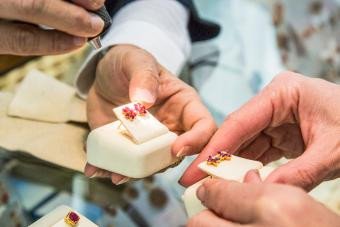

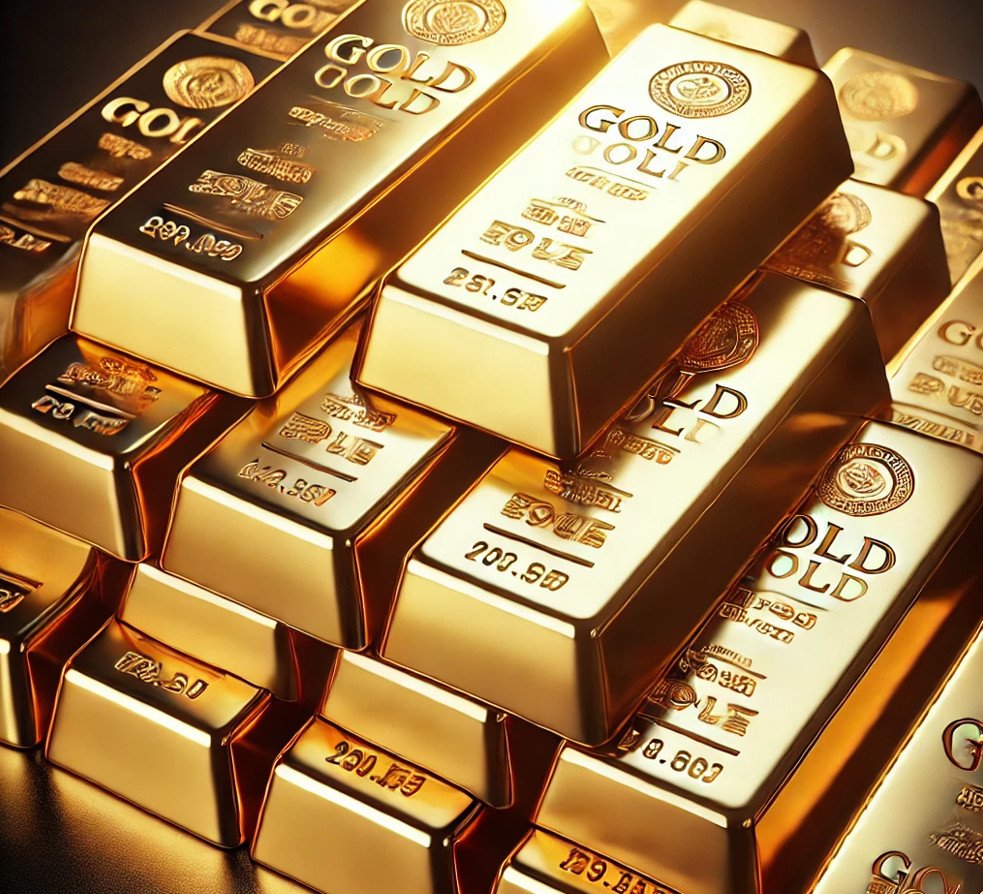
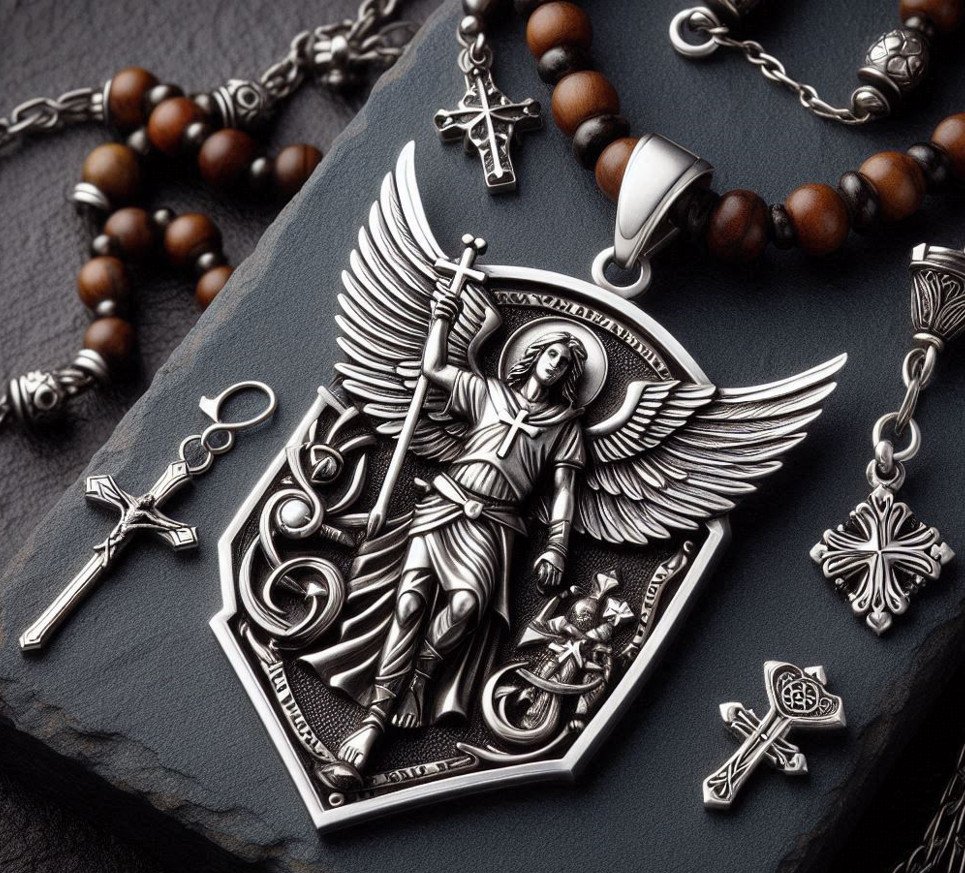
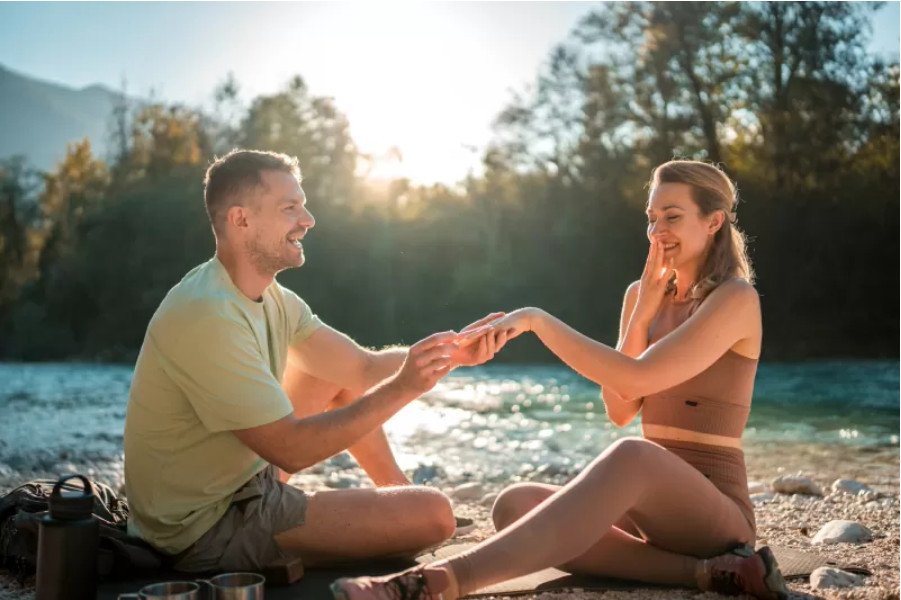
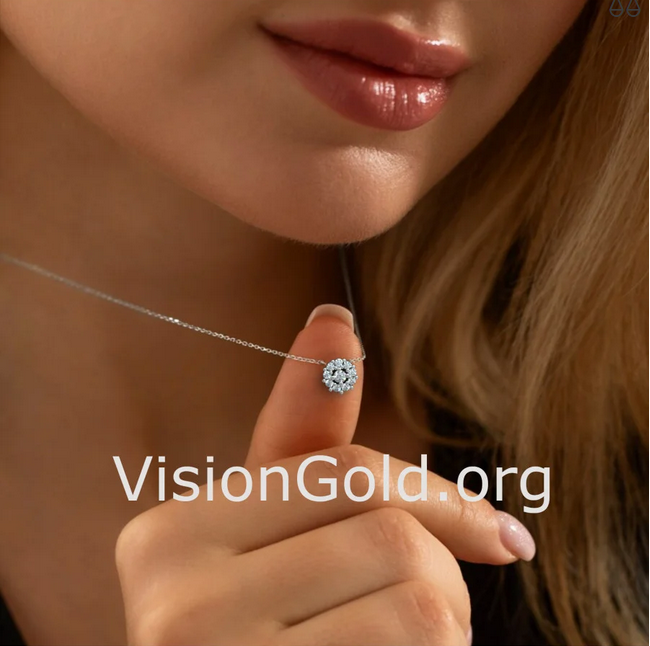
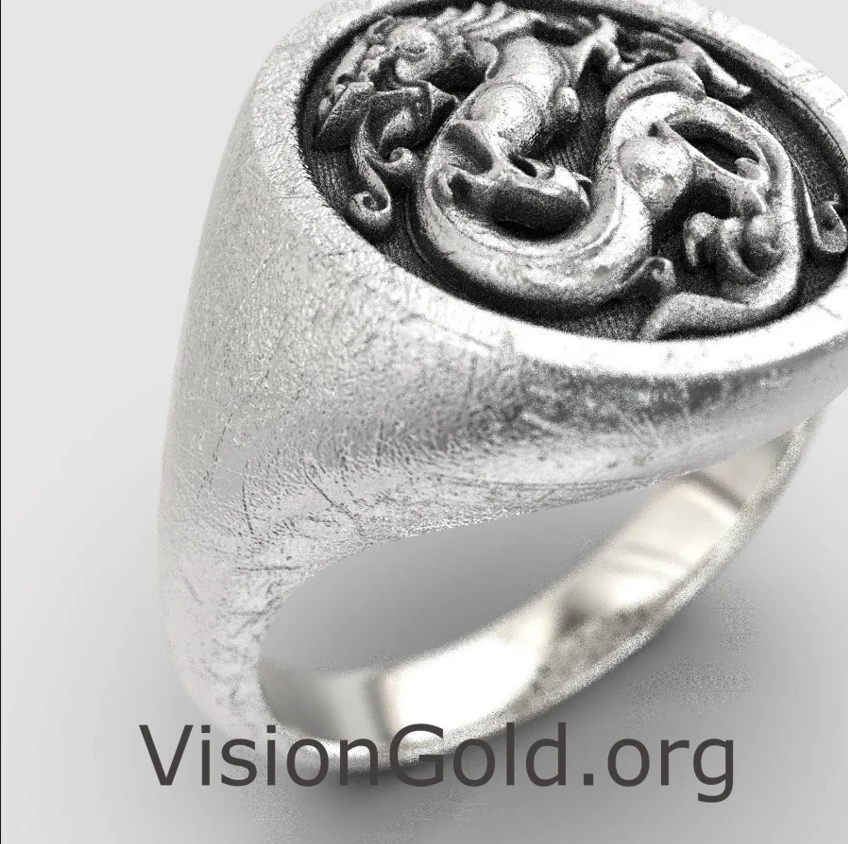
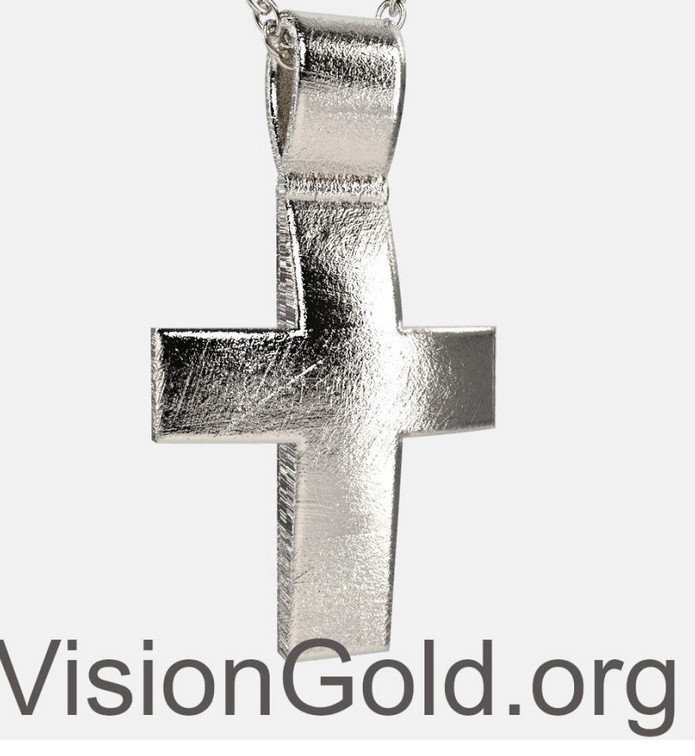



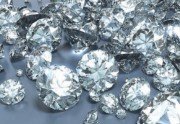
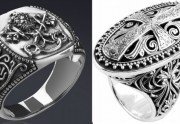
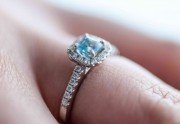
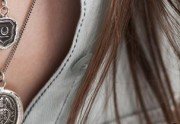
Leave a comment